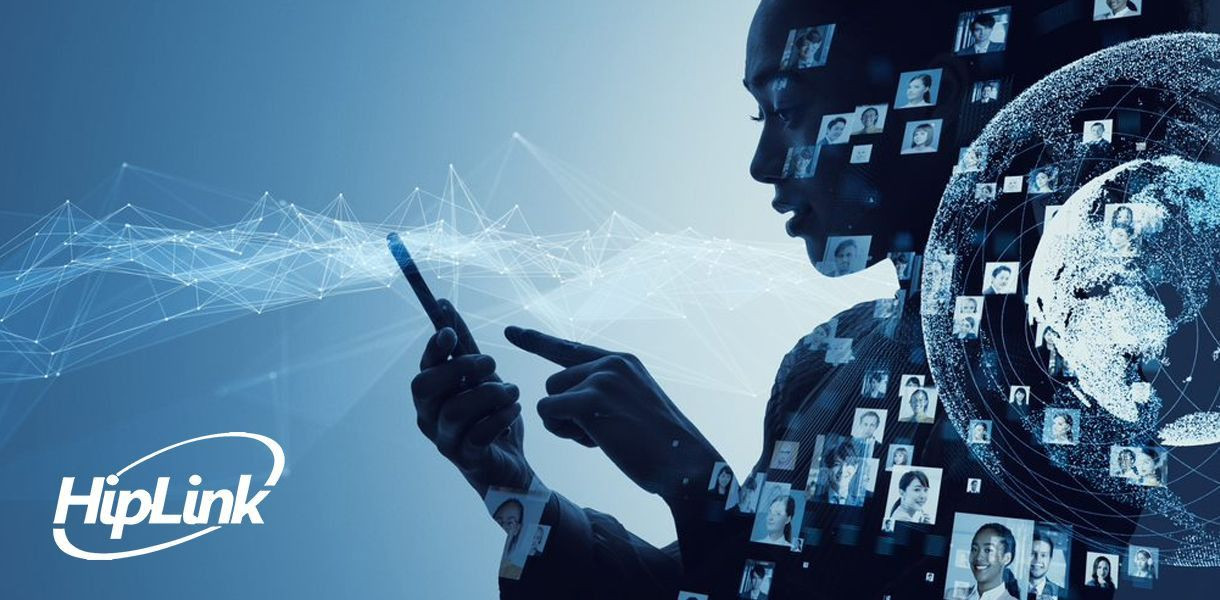The need for a remote government workforce has become glaringly apparent during the COVID-19 pandemic. Widening telework options has enabled government employees to do their jobs from home, reducing the risk of transmission and protecting both federal workers and citizens from harm. Regardless of the reasoning, the number of people working remotely tripled between 2019 and 2021.
Remote government work ensures continuity of operations despite travel or health restrictions, improves efficiency by eliminating commute times, reduces workplace expenses like rent and utilities, and potentially modernizes bureaucracy long term. By pressing ahead on remote work during this crisis, the United States is staying safe while evolving toward an agile future that works better for all Americans.
Managing a remote government workforce poses unique challenges.
-
Oversight is more difficult
-
Communication is key and must be carefully managed
-
Ensuring excellent results and holding employees accountable present challenges
-
Security concerns as a culture; not an occasional practice
-
Networks must be kept safe from malicious actors
-
Collaboration is more complex in virtual environments
-
New approaches to workflow management
Finding the right technology infrastructure is critical for a successful transition and smooth long-term operations. Despite these challenges, pursuing a shift toward remote work can bring immense rewards for public sector employees and businesses in the US—but only if done thoughtfully with an eye toward the future.
Happier Staff with Less Overhead
A remote government workforce can increase productivity by reducing time wasted on commutes, enabling more flexible work hours, and ensuring uninterrupted service. They also minimize overhead costs and workplace interruptions, like power outages or extreme weather. With improved technology infrastructure, remote government workers can be just as effective while saving cities, states, and taxpayers money.
Talented individuals, both domestically and abroad, are open to remote work. By reducing the need for physical proximity, governments can tap into a larger, more diverse pool of candidates for job openings. This allows them to find better-matched employees who are more likely to stick around, be engaged in their work, and drive innovation.
Remote workforces also reduce overhead costs as it eliminates the need for physical office spaces and associated expenses, like rent and utilities. By cutting these costs, governments and government contractors can save money that can be used for more important projects.
Needs Fulfilled
Network uptime is essential for a remote government workforce. To ensure uninterrupted service, network administrators should prioritize reliable, flexible databases, like cloud-based computing with redundant backups and fast response times.
Private communication is essential for a remote government workforce. To ensure data security, administrators should promote the use of secure messaging systems, like end-to-end encrypted chats and emails with password protection.
Providing the necessary training and support for a remote government workforce is essential. Administrators should make clear policies and expectations around workflows, communicate regularly with employees, and offer comprehensive training programs to ensure everyone is up to date on topics like security protocols.
Remote Workforces in a Digital Tomorrow
A remote government workforce has numerous benefits. Prices on physical offices and associated costs are lowered, access to talented applicants is expanded, and productivity is increased through flexible work hours. Employees benefit from reduced commute times, improved morale, and increased safety measures. Managers can protect against malicious actors with secure messaging systems, encryption tools, and strong passwords; foster virtual collaboration with regular check-ins; and ensure meaningful feedback to motivate staff. With the right policies in place and a thoughtful approach to technology infrastructure, governments can move towards a modernized future that works better for citizens everywhere.
Successfully managing a remote government workforce requires thoughtful planning and preparation. First, governments should develop clear policies to hold employees accountable and maintain privacy. Secondly, technology infrastructure needs to be secure and reliable; even in case of emergencies. Administrators should focus on private communication systems and a network with reliable uptime. Finally, managers should foster collaboration, ensure comprehensive training for employees, create meaningful rewards for good work performance, promote recognition for excellent outcomes, and cultivate team spirit with virtual gatherings. With the right support in place, a remote government workforce can save costs while promoting safety and efficiency throughout the public sector.
Regardless of how your remote team communicates every day, in a crisis, they need to be connected. Platforms like Hiplink are essential parts of the overall security infrastructure required by government staff. Hiplink products empower mission-critical communication and incident response when the message has to get there. Don’t wait for the next big event to be unprepared! Contact us today!



